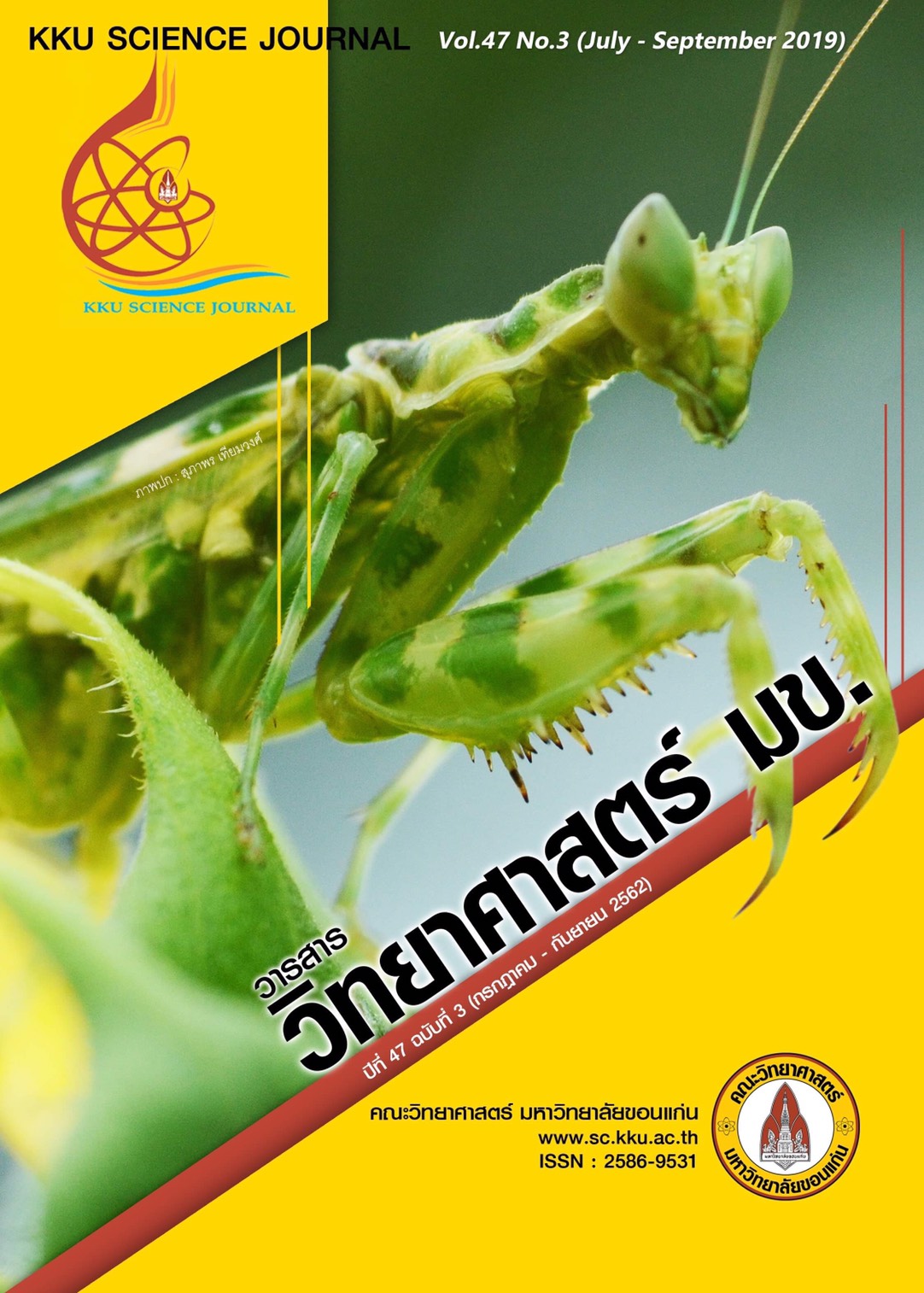Evolution of Eclipsing Binaries System AK CMi and V714 Mon
Main Article Content
Abstract
This research aims to study two close binary star systems in different evolution stages from the Roche model which consists of the Near-Contact Binaries (NCBs) and the Deep-Contact Binaries. In this study, two binary systems named AK CMi and V714 Mon are selected and observed at Regional Observatory for the Public, Nakhon Ratchasima provided by National Astronomical Research Institute of Thailand (Public Organization). The observation used a 0.5-metre reflector telescope with Blue (B) and Yellow (V) filters from the UBV photometric system. The results show that AK CMi is an Algol-type eclipsing binary with an orbital period of 0.5658966 days (13.60 hours) while V714 Mon is a W UMa-type eclipsing binary that has a relatively high degree of contact (49 %) with an orbita period of 0.3445142 days, 8.27 hours. The orbital period of these systems is continuously decreasing at 2.83 ×10-3 sec/yr and 1.43 ×102 with inclination of 77.39±0.69 and 77.74±0.16 degree, respectively. These result leads to the conclusion that both of them are the partial eclipse systems. Simulation of each system shows that stars in AK CMi system are main sequence stars in the Hertzsprung-Russell diagram with the spectral types of A3 and K2, respectively. The stars in V714 Mon are also main sequence stars in the H-R diagram as well, but both of them have similar spectral type A2 due to the property of Deep-Contact Binaries with slightly increasing as predicted by the Angular momentum loss theory (AML). Besides, according to this study, it is also found that the mass ratio of this system is continuously decreasing which implies that these systems have a constant mass transfer.
Article Details

This work is licensed under a Creative Commons Attribution-NonCommercial-NoDerivatives 4.0 International License.


